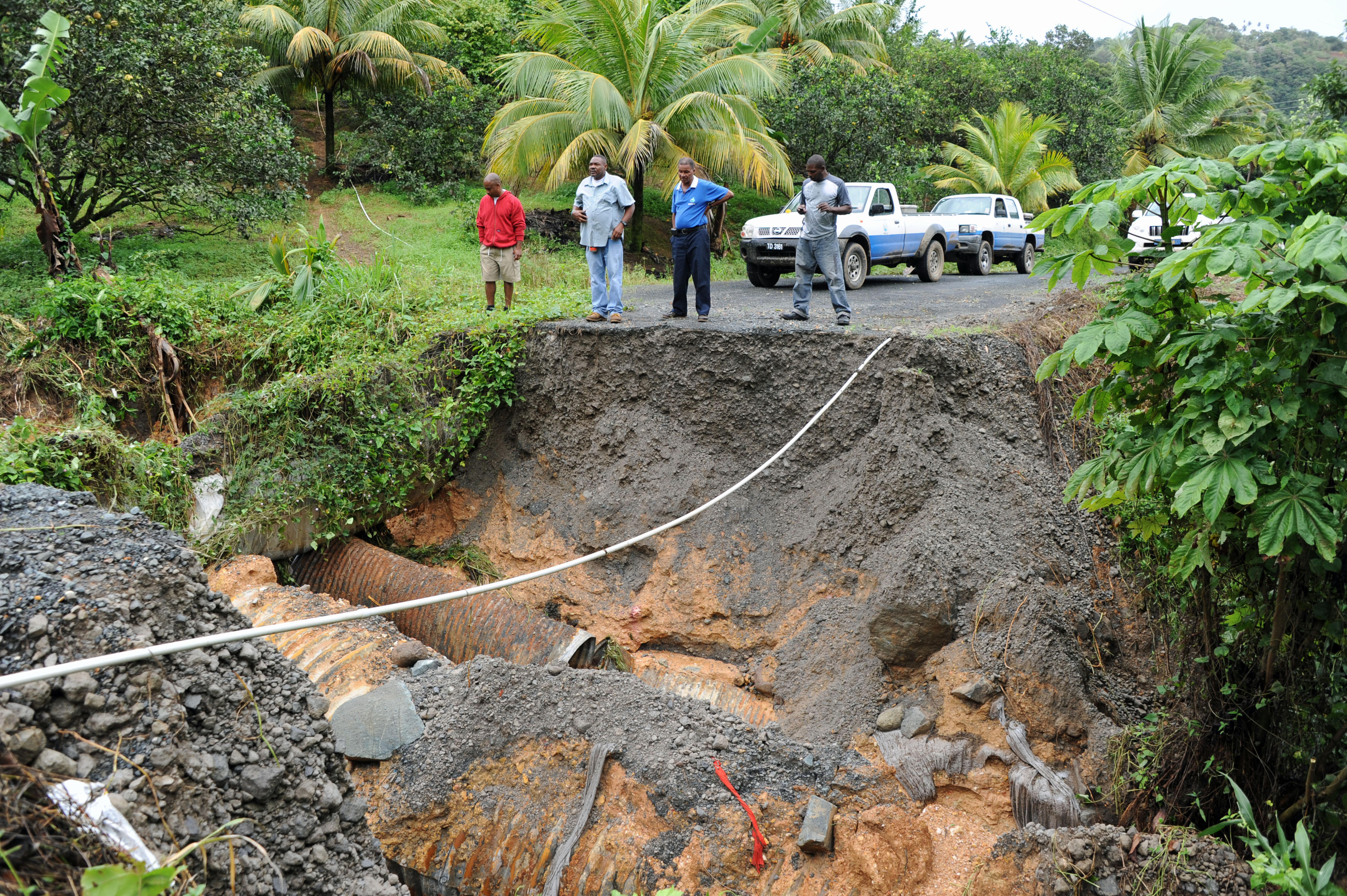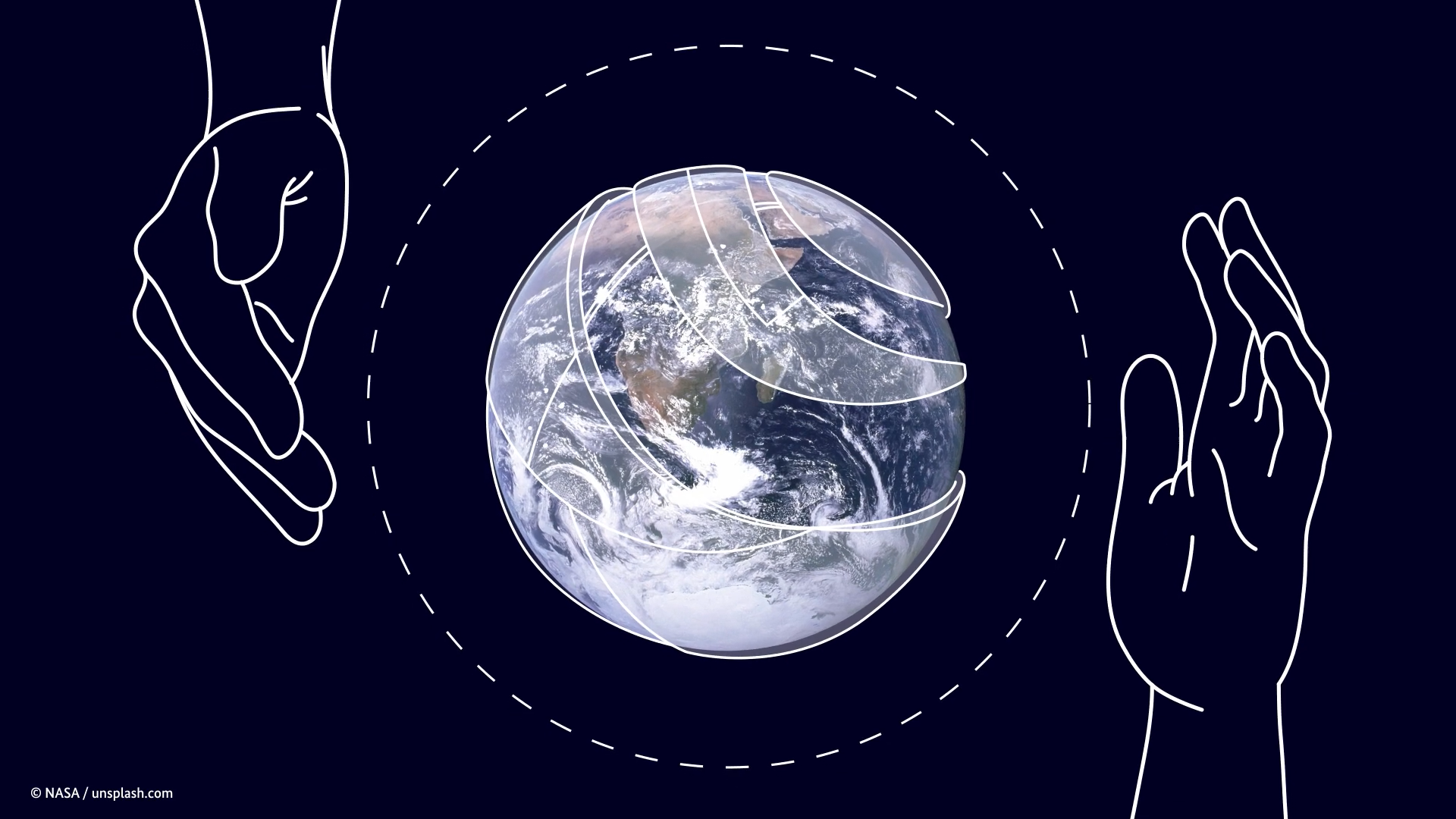Loss and damage protection Global Shield against Climate Risks
The purpose of the Shield is to improve the financial protection of people in vulnerable regions against climate risks – providing quick, proactive and needs-based protection. The G7 and the V20 officially launched the Shield on 14 November 2022 at COP27. The initiative has since supported activities in twelve countries (Bangladesh, Costa Rica, Gambia, Ghana, Madagascar, Malawi, Pakistan, Peru, Philippines, Rwanda, Senegal and Somalia) and in the Pacific region.
Responding to loss and damage
The countries of the Global South are particularly affected by the impacts of climate change, but many do not have sufficient resources to protect their people. This challenge is discussed at international climate negotiations under the heading of Loss and Damage.
The negotiations focus on how to use technical and financial assistance in order to improve the capacity of vulnerable people and countries to respond to loss and damage. At COP28 in Dubai, the international community agreed to strengthen the global support architecture for especially vulnerable developing countries. The newly established Fund for responding to Loss and Damage (FRLD) plays a
key role in this.
In addition, existing and new funding arrangements are making important contributions in this field. The Global Shield is doing pioneering work. It enables countries to get targeted, pre-arranged protection against extreme weather risks before a disaster happens, thus closing coverage gaps.
Germany is very engaged in (further) developing the support architecture for responding to loss and damage, and in supporting initiatives such as the Global Shield, with a view to providing protection against climate risks for as many vulnerable people as possible.
Developing country protection packages
The Global Shield offers countries financial and technical assistance by working with partner countries to develop tailor-made protection packages in line with local needs. The packages are based primarily on pre-arranged finance, which can be disbursed quickly in an emergency – based on contingency plans drawn up by the partner countries.
Country protection packages are defined in a process of close consultation – led by the partner government and with the involvement of further key stakeholders: civil society, the private sector, international organisations, bilateral development agencies and academia. Together, they analyse the climate risks which the country is facing, review existing climate risk management strategies and activities, and identify protection gaps. This enables them to better understand the needs existing in the country in question and to develop a strategic protection package that responds to these needs.
Mobilising additional funding
In order to fund activities, the Global Shield relies on a coordinated financing structure. Its three financing vehicles bring together resources and knowledge in order to mobilise additional funding and meet growing funding needs:
Together with France, Ireland, Denmark, Canada, the US, Japan, Luxembourg and the Commission of the European Union, Germany supports the Global Shield. Since Germany launched its work in this field by setting up the InsuResilience Global Partnership in 2017, it has invested about one billion euros in climate risk financing and insurance.
Financial protection and contingency plans
When a disaster strikes, rapid and targeted action is vital. This requires reliable financing instruments that can be used to help disburse money quickly to governments and to particularly vulnerable people.
Such instruments include, for example, social protection systems, designated disaster reserves in public budgets, quick-disbursing loans from multilateral development banks, and government bonds for which repayment can be reduced or suspended in an emergency. Insurance for governments or individuals against rare events with the potential to cause a huge amount of damage can also be a
useful instrument.
This is always based on a contingency plan that a country draws up after analysing its own climate risks. Such plans provide answers to key questions, for instance: What are the biggest risks? What are the most efficient protection and preparedness systems?
Examples: Ghana and Gambia
Ghana is benefiting, for the first time, from national insurance against drought emergencies. Coverage is provided via the risk pool of the African Risk Capacity (ARC) Limited. The premiums were covered by KfW Development Bank and the Global Shield Solutions Platform. This enabled Ghana to benefit from 2.9 million US dollars in disbursements effected in late 2024 following a severe drought.
The Global Shield's work is not limited to financial protection against climate risks. The Shield also actively supports knowledge generation and management in vulnerable countries. In the Gambia, for example, the country process led to the establishment of a national committee for the development of an inclusive insurance market.
An overview of all country activities under the Global Shield against Climate Risks can be found here (External link).
Swift action reduces follow-on costs
Often, the absence of rapid emergency assistance for vulnerable people leads to dramatic consequences – families may have to sell their livestock, use up their savings or give up investments in order to meet their daily needs. Children may no longer be able to go to school because there is no money for their school fees or because they have to work in order to contribute to the household income.
The purpose of the Global Shield is to prevent such emergencies from the start, or at least mitigate them significantly. It facilitates quick disbursements, provides targeted support to affected households and thus prevents short-term emergencies from turning into long-term poverty.
As at: 01/10/2025











